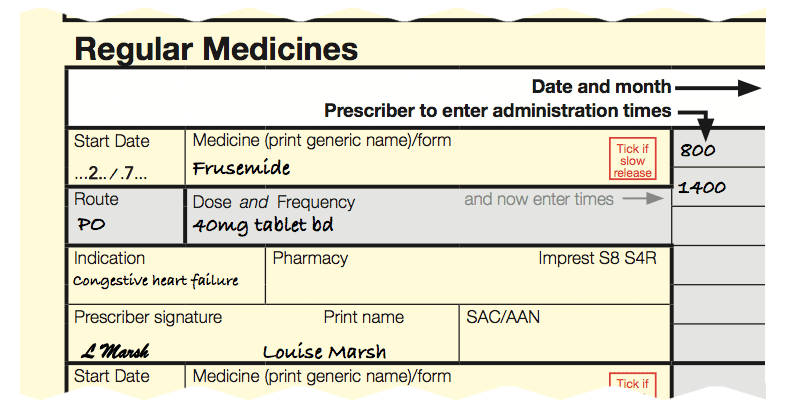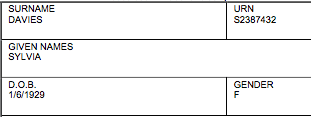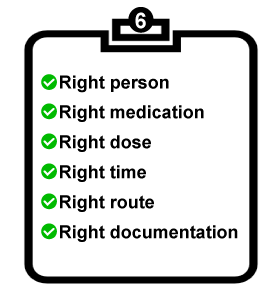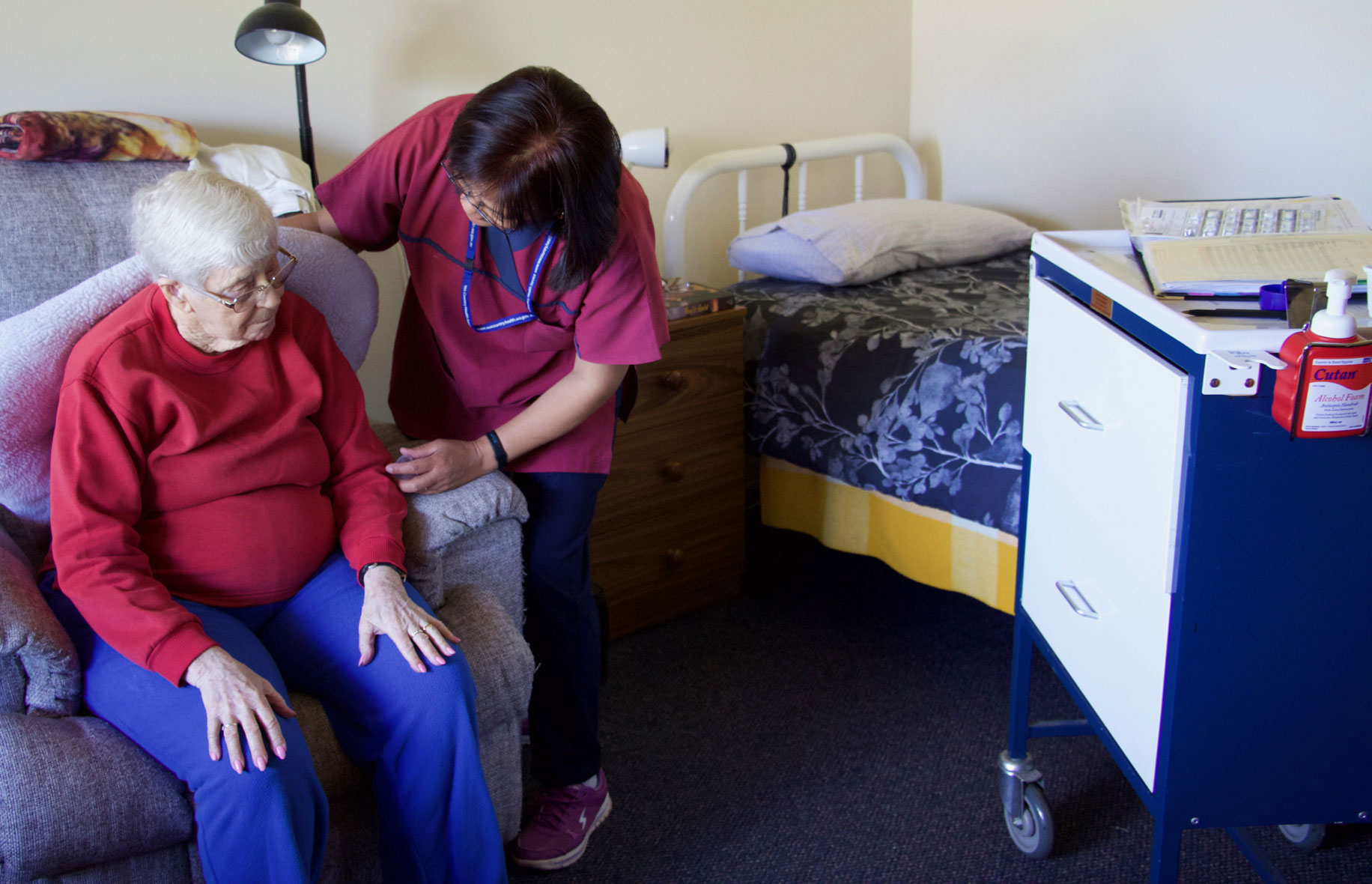Sylvia
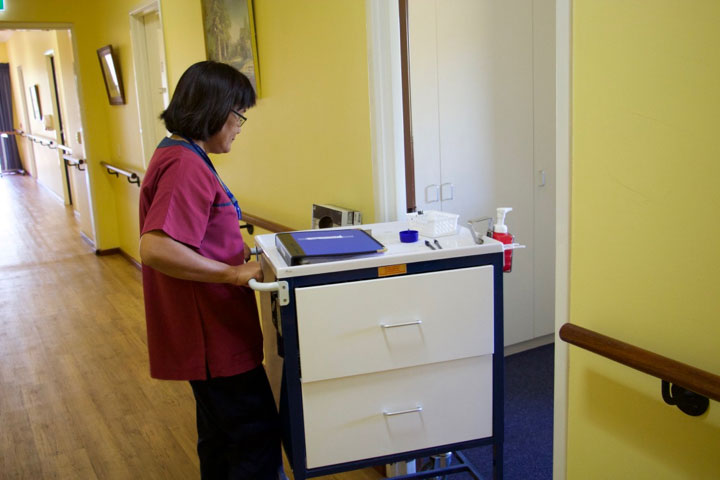
It's the morning medication round at Sunshine Village and Jamie goes to see Sylvia.
Check for any signs of deterioration
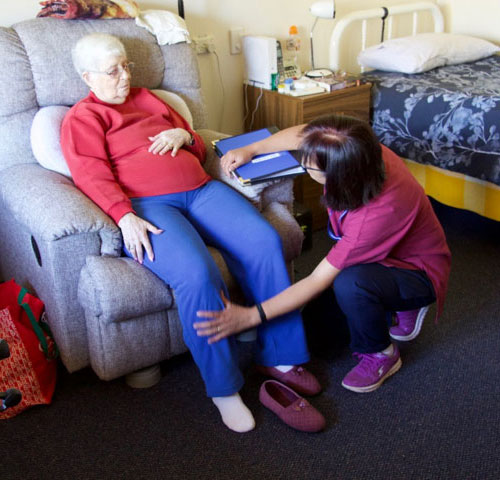
Jamie enters the room and asks Sylvia how she is.
Sylvia seems drowsy and it looks like she's had some trouble with her shoes.
Do you think Jamie should call the RN?
The RN assesses Sylvia
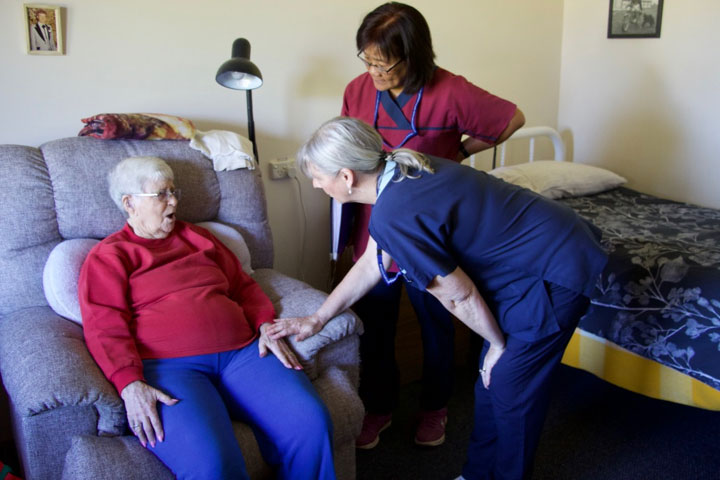
The RN assesses Sylvia and checks her medication order.
Risk of falls
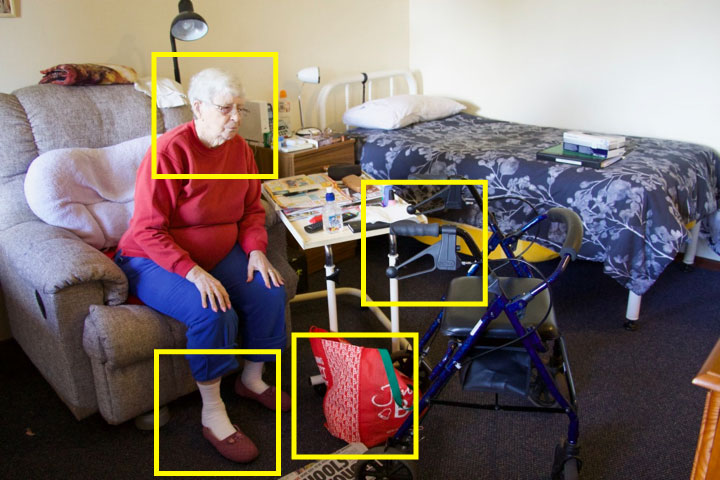
- Drowsiness
- Walker out of reach
- Poorly fitting footwear
- Trip hazards
It's important to be aware of changes in someone's condition (such as Sylvia's drowsiness) because this could increase their risk of falls.
Click the four factors in the picture that may increase Sylvia's risk of falls.
Right person
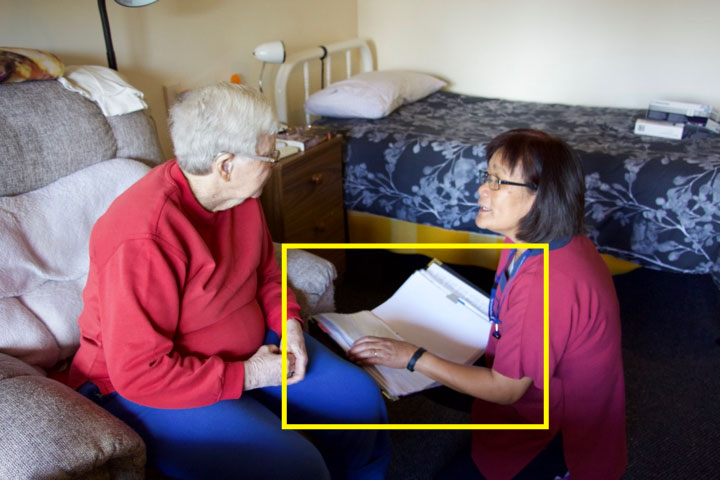
Jamie proceeds with Sylvia's medication. First she checks the photo and name on her identity form.
Click the folder that Jamie is holding.
Do Sylvia's details match what's written on the form?
Gain consent
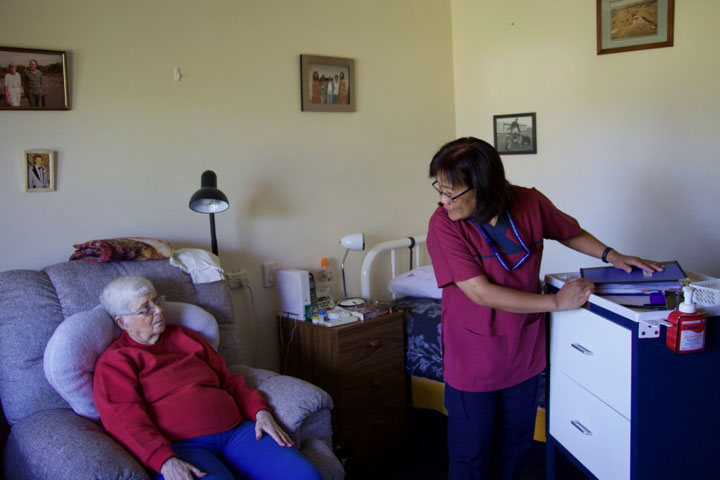
Jamie gains consent from Sylvia to proceed with giving her medication.
Medication order
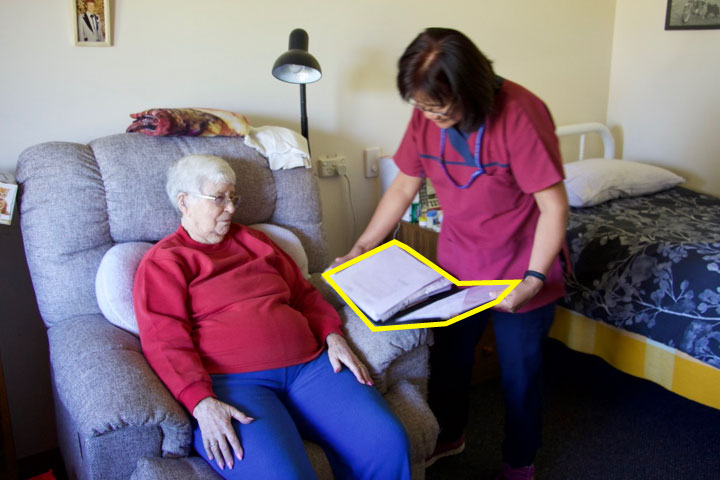
Jamie first checks Sylvia's medication order.
Remember the specific document that is used for a medication order will depend on your organisation.
Click the medication order Jamie is holding.
Check the blister pack
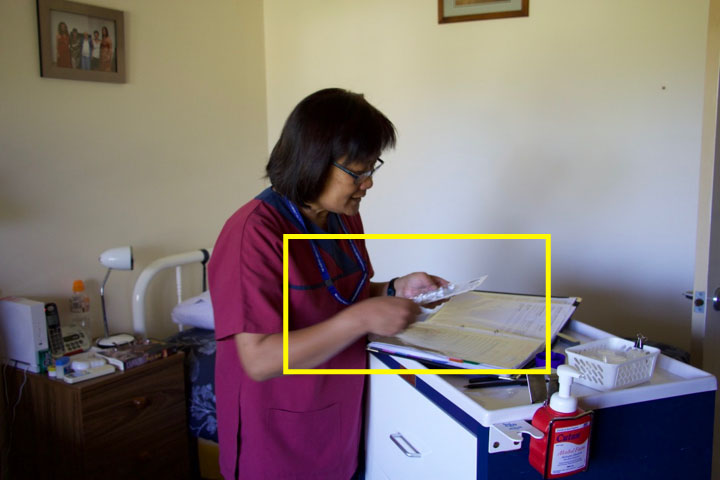
Jamie checks the blister pack and confirms that the number of tablets is the same as on the medication order.
Click the blister pack to enlarge it.
What should Jamie do next?
Jamie calls in the RN

Jamie calls in the RN again to check Sylvia's blister pack.
The RN confirms all the tablets are there and are OK to administer.
If any tablets have fallen out of the blister pack, put gloves on and collect them up to give to the RN.
Medication errors
Giving clients or residents damaged medication can lead to medication errors. Click on the squares to see some other causes of medication errors. A simple way to remember these things is to use the 6 rights checklist when assisting with medication.
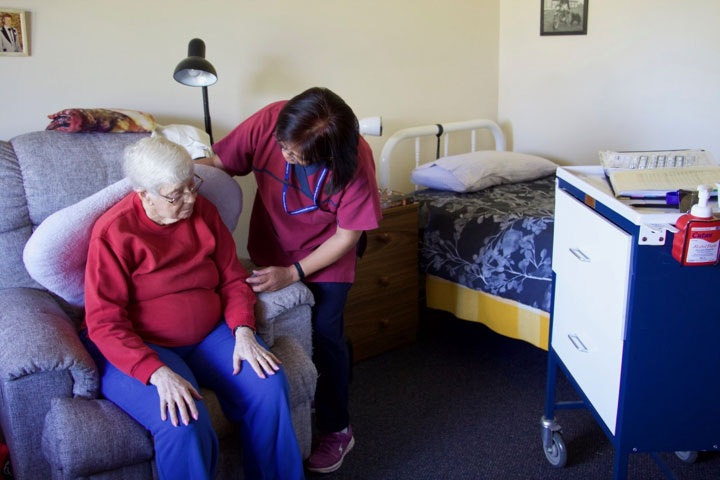
Assist Sylvia
Jamie is now ready to assist Sylvia with her medication
She performs hand hygiene and assists Sylvia into a sitting position.
Review the steps for assisting with oral medication and then click ‘Next’ to continue.
Right documentation
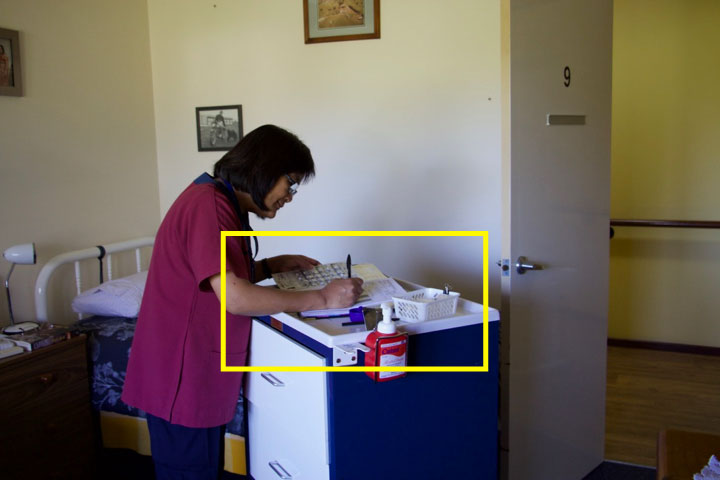
Jamie signs the documentation.
Click on the folder to see where Jamie needs to document Syliva's medication.
Returning the blister pack
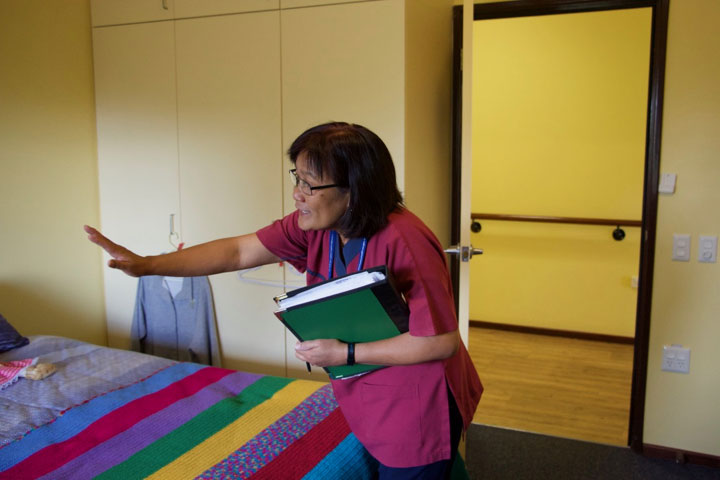
Jamie replaces the blister pack and performs hand hygiene again before leaving the room.
You are now ready to start your assessment for this case study.
Question 1
You are about to give Sylvia her morning medication. You have confirmed her identity, checked the medication order and performed hand hygiene.
What else must you do before giving Sylvia her medication?
Question 2
In which of the following situations should you seek advice from the RN before giving medication?
Question 3
When Jamie checked Sylvia's medication, she noticed that the backing of the blister pack was torn.
What is the first thing you would do in this situation?
Question 4
Where could you discard damaged paracetamol tablets if the RN has instructed you to do so?
Question 5
Look at Sylvia's medication order.
What time this afternoon (in 12-hour time) does she need to take the Frusemide?
Congratulations
Congratulations
You have successfuly completed Medication Assistance (For the Unregulated Health Care Worker) - Oral Medication 2 (MAURb EL2).
You can now close this tab and start Inhalation medication when you are ready.
You can now start the next module: Inhalation medication when you are ready.
You might also like to:
- Explore the resources and further reading;
- Complete the short evaluation of the module - your feedback is appreciated; or
- Launch and complete the reflective practice activity tool - your feedback is appreciated; or
- Restart this module
